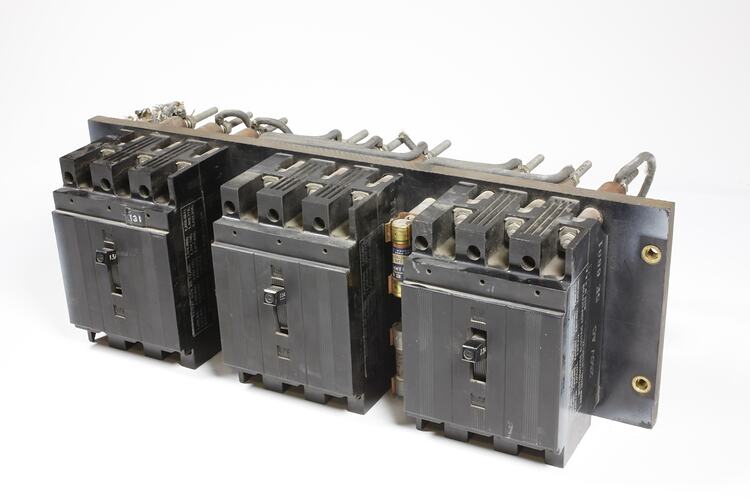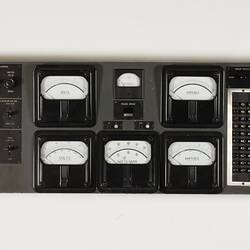The Network Analyser is an excellent example of an analogue computer. The AC Network Analyser was used by by the State Electricity Commission of Victoria (SECV) for the development of the Victorian Power System from 1950 into the 1960s. It was manufactured by Westinghouse Electric Corporation (Pittsburgh USA).
The Analyser was used to model the connection between the Latrobe Valley and Melbourne and from Melbourne to NSW. The development of complex power systems being too difficult to do by 'hand', Westinghouse produced several similar models for use around the world. The system actually modelled by the Analyser worked well although there were problems later.
From 1967 to about 1985, it was used for undergraduate teaching in power systems by the Department of Electrical Engineering at Monash University. After the mid-1980s, digital representations of power systems were used for power system teaching and the Westinghouse Analyser fell into disuse. Monash University replaced the Analyser
with an IBM 1620.
General Background
In the 1950s, population and industry expanded in Australia; the standard of living also rose. The SECV responded to this new situation by developing a grid system. Previously, each population/industrial centre was supplied independently of the others. The Analyser played a real and vital role in the power grid which was the actual basis of everyday life in Victoria and Australia since then. Water, sewerage and electricity grids were all established using non-digital technology.
The Analyser was used at a time when digital computers were being developed. It was by no means certain that digital devices would dominate and eliminate analogue devices. The Analyser had advantages over digital devices. It used a step-by-step process in which designers could develop an overall understanding of the system being modelled. With a computer, the whole network is produced in one stage and the designers have to unravel it.
More Information
-
Keywords
-
Authors
-
Article types

